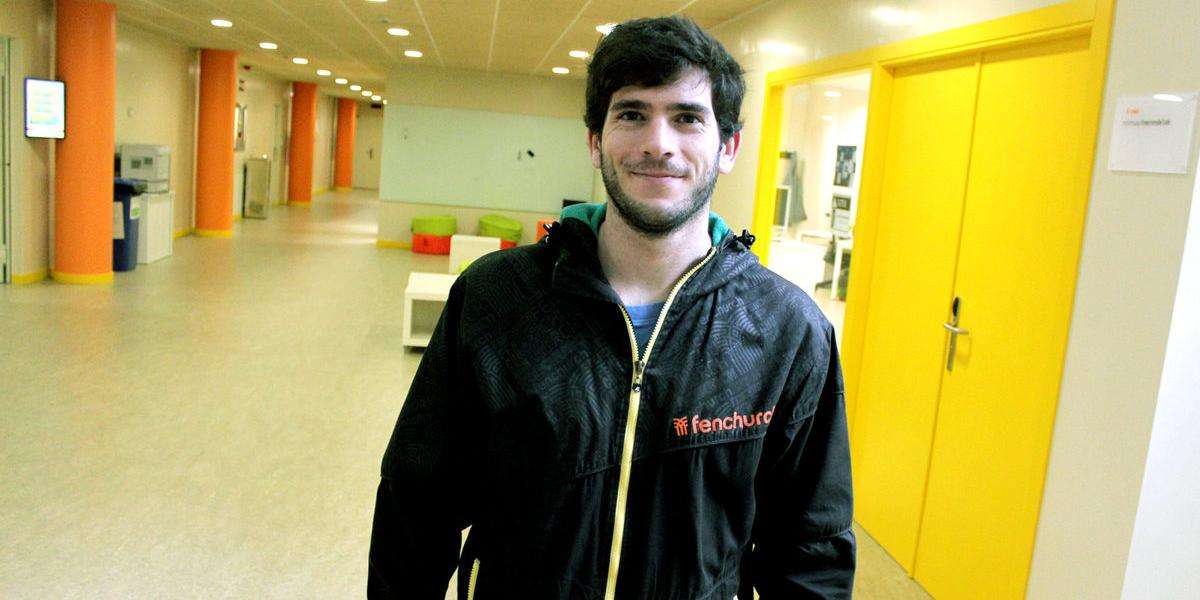
PhD Defense: 'Computational models for early visual processing'
In the eye of living beings, there are mainly two tissues that determine the way by which the visual information of the external world is acquired and encoded: (1) the optical tissue of the lenses and (2) the neural tissue of the retina. These two biological structures have been extensively studied by many different scientific fields over the past century. However, the image processing system of the eye is still not well understood. In fact, the computational role that both the optics of the eye and the neural network of the retina play within the image processing system of a brain is still an open question in neuroscience.
The content of this thesis dissertation is the result of applying a multidisciplinary approach to elaborate a suitable theoretical framework with which being closer to understand the visual computation of the eye. In this sense, the first chapter of this doctoral dissertation is dedicated to provide a theoretical framework to characterize the computation of retinal neurons as discrete visual processing devices instead of analog visual processing devices. The second chapter is focused on providing another theoretical framework to characterize the early visual processing of the biological eye as an image acquisition system with four processing stages that can be also found in artificial acquisition systems. In the third chapter, a theoretical framework is developed with the purpose of demonstrating that the information of the mean luminance that is highly attenuated in the retinal computation can be easily restored at some point of the visual pathway through a neural computation that can be biological plausible. Finally, the forth chapter aims to measure experimentally the computational differences between the On-pathway and the Off-pathway through visual acuity tests conducted in human subjects. In future works, these experimental results will be used to validate the theoretical frameworks that were already developed to see if they allow us to understand the computational differences between these two visual pathways.
Taken as a whole, the research of this doctoral thesis aims to provide a new theoretical framework that might be useful to understand the computational design of the eye and it might contribute to answer current open question and pose new ones.
Supervisor: Eduardo Sánchez Vila
Virtual event
/events/phd-defense-computational-models-for-early-visual-processing
events_en